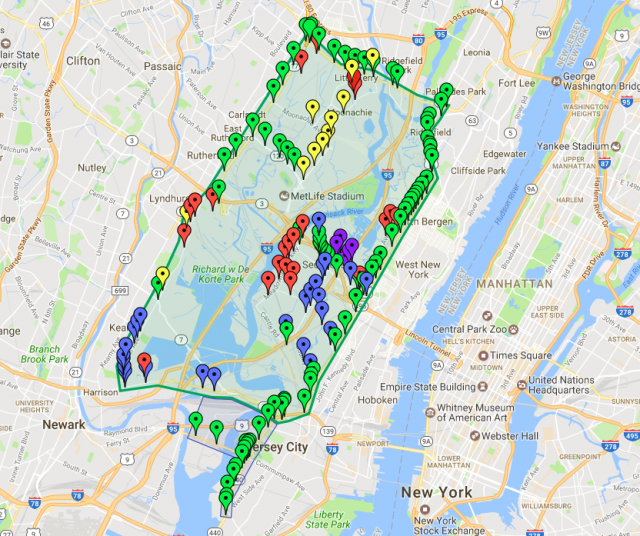I pulled the City traffic signal open data for something I was working on, and I figured I'd share here:
The City currently has 2486 traffic signals. This is absurd. The entire country of the Netherlands (which has 18 Million people) only has 5500.
View attachment 481014
I wish we'd have a moratorium on new signals - so for each new (warranted) signal installed, an existing unwarranted signal needs to be removed.
In general, traffic signals make the most sense where large volumes of motor traffic cross, or where pedestrians need to cross more than one lane at a time (i.e. 4+ lane roads). So many of our existing signals along streets with only 1 lane per direction would actually be safer if the signals were removed, a median added, a chicane around said median to slow speeds and a PXO (potentially raised to further reduce speeds). Pedestrians would no longer need to wait to cross the street in any direction, cyclists would hardly ever need to stop when travelling along the main street, and motor traffic would also stop less often.
Furthermore having so many traffic signals means that less attention is paid to each one. I've noticed recently that many intersections had Leading Pedestrian Intervals installed even in places where there was never any conflict between pedestrians and turning cars to begin with (e.g. because turns are prohibited or fully-protected). So transit riders, motorists and cyclists are held back for 4 seconds for no reason whatsoever. If Transportation Services can't even take the time to check whether a conflict even exists at a particular intersection, there is little hope of implementing intelligent signal control which reduces the amount of time we waste at signals.





